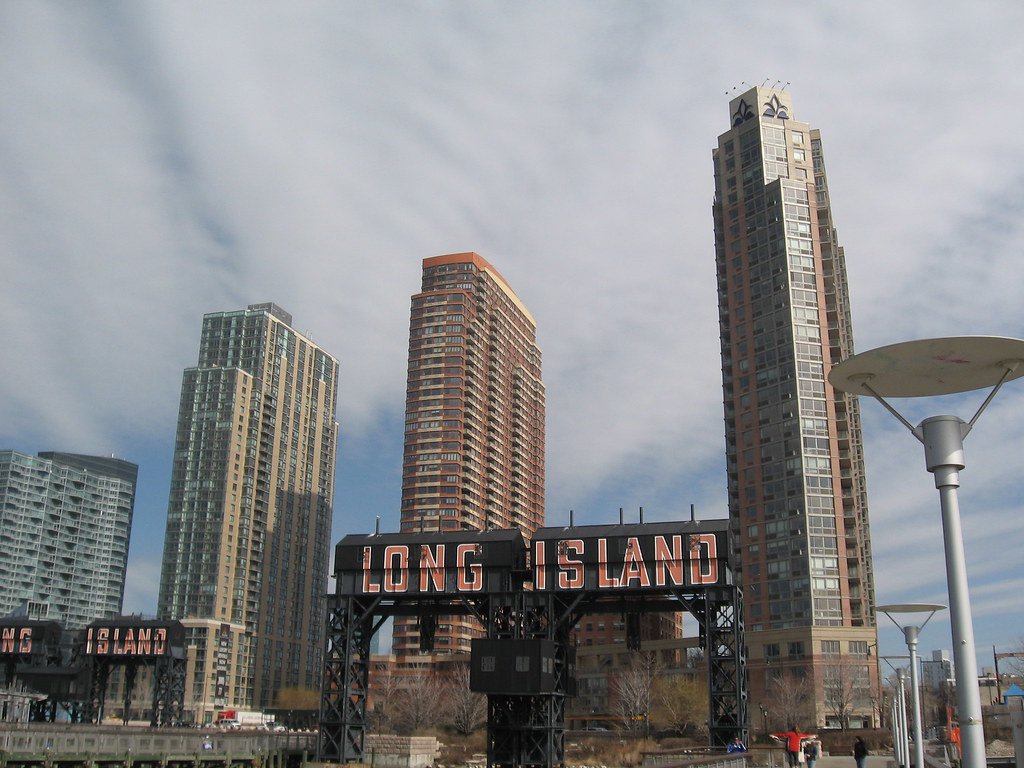Why Long Island Could Become New York’s First Energy Storage Hot Spot
4 min read
Greentech Media: Headlines –
It can be hard to keep up with the steady drumbeat of energy storage policy updates emanating from the Northeast, and New York in particular, but last week's announcement of $55 million allocated for Long Island deserves a second look.
The specifics of the incentive — $250 per kilowatt-hour for residential storage or commercial systems up to 5 megawatts — parallel similar opportunities offered to customers elsewhere in New York as part of a $280 million package launched in April. The earlier tranche was funded by a systems benefit charge that Long Islanders don't pay; instead, their storage dollars are coming from the Regional Greenhouse Gas Initiative.
Besides a separate funding structure, Long Island's geography and grid infrastructure make it a valuable test case for energy storage, as part of Gov. Andrew Cuomo's ambitious decarbonization program.
“Long Island strikes me as one of the best and earliest locations to reach a completely carbon-free grid, given its solar, storage and offshore wind capabilities,” said Jason Doling, assistant director for distributed energy resources at the New York State Energy Research and Development Agency.
NYSERDA hopes to disburse the storage funds in the next three to five years, with the goal of establishing a local installer base and a sustainable and growing market by the end of that period.
Island limits create storage opportunities
The water separating Long Island from the mainland imposes obvious constraints on delivering electricity to a population that totaled 7.5 million as of the last census. Summer tourism season brings extra stress, regularly forcing the Long Island Power Authority, which owns the grid infrastructure, to truck in portable diesel generators to meet demand.
Storage can defer distribution upgrades, ensuring power supply during peak hours in place of more capital-intensive investments. LIPA tested out this vision when it powered up a 5-megawatt/40-megawatt-hour battery last summer at a substation in East Hampton.
Separately, Cuomo's administration has developed more stringent nitrogen oxide emissions regulations to target the worst-polluting peaker plants. Plants have until mid-2020 to come into compliance. Emissions reductions are possible by replacing fossil-fueled generators with storage, or adding storage to hybridize the plant.
Some of Long Island's peakers operate for short enough stints that batteries could replace them outright, Doling said. About 200 megawatts of storage could fulfill that task, he said. A broader population of plants could add batteries so the thermal units run only in extreme peak events; that group could put 1,000 megawatts of storage to work.
Further down the road, offshore wind development will bring a massive influx of variable renewable energy to the Long Island coast. Cuomo recently enlarged the state's offshore wind target to 9 gigawatts by 2035, compared to the total absence of any offshore wind today.
Long Island will serve as the receiving point for much of that power, so capacity to store that power and send it to the mainland outside of transmission-constrained hours could prove valuable down the road, although the exact structures for monetizing that value have not been developed.
Activate home energy devices
NYSERDA also announced a joint project with utility Public Service Electric and Gas Long Island, which operates the local grid, to compensate customers who choose to put solar-paired batteries in their homes.
After the initial deployment incentive, participants can earn more through the utility's Dynamic Load Management tariff, which pays for demand reduction during peak hours. That rate is available to other customers too, but is especially well suited for home solar and storage customers.
The tariff includes a 10-year payment from PSEG to ratepayers in exchange for reducing load during the peak times of the year. That rate pays more in constrained areas, as determined by marginal cost of service studies, Doling said. The utility will call on aggregators, like home solar and storage provider Sunrun, to deliver demand reductions from its customer base in those targeted areas.
This program joins a growing list of “bring-your-own-device” programs in Northeastern states that seek to connect utilities to devices that customers are installing anyway, as one way to find behind-the-meter resources that could delay the need to build new grid infrastructure. New Hampshire, Vermont and Massachusetts are pursuing residential demand-reduction programs with batteries, too.
“This approach enables utilities to leverage, as a grid resource, the growing number of batteries that companies like Sunrun are installing for our customers,” Sunrun spokesperson Shane Levy wrote in an email. “We think the result will be more batteries installed with solar on Long Island and a greater use of batteries to lower grid costs for all customers.”
Residents of Long Island have a more personal reason to invest in batteries, besides the emerging grid services revenue streams.
“Hurricane Sandy is very fresh in everyone’s minds,” Doling noted. “All the folks that had PV that went offline are wanting storage to allow at least a basic level of islanding.”
Now customers seeking zero-emission backup power can support the investment with participation in the bring-your-own-device service.
(c) Greentech Media: Headlines – Read entire story here.




